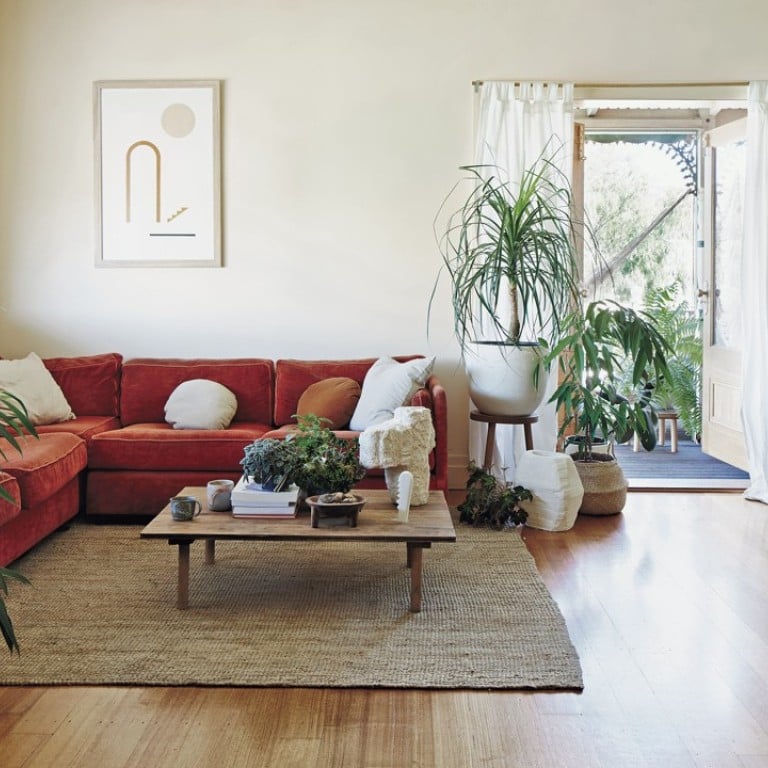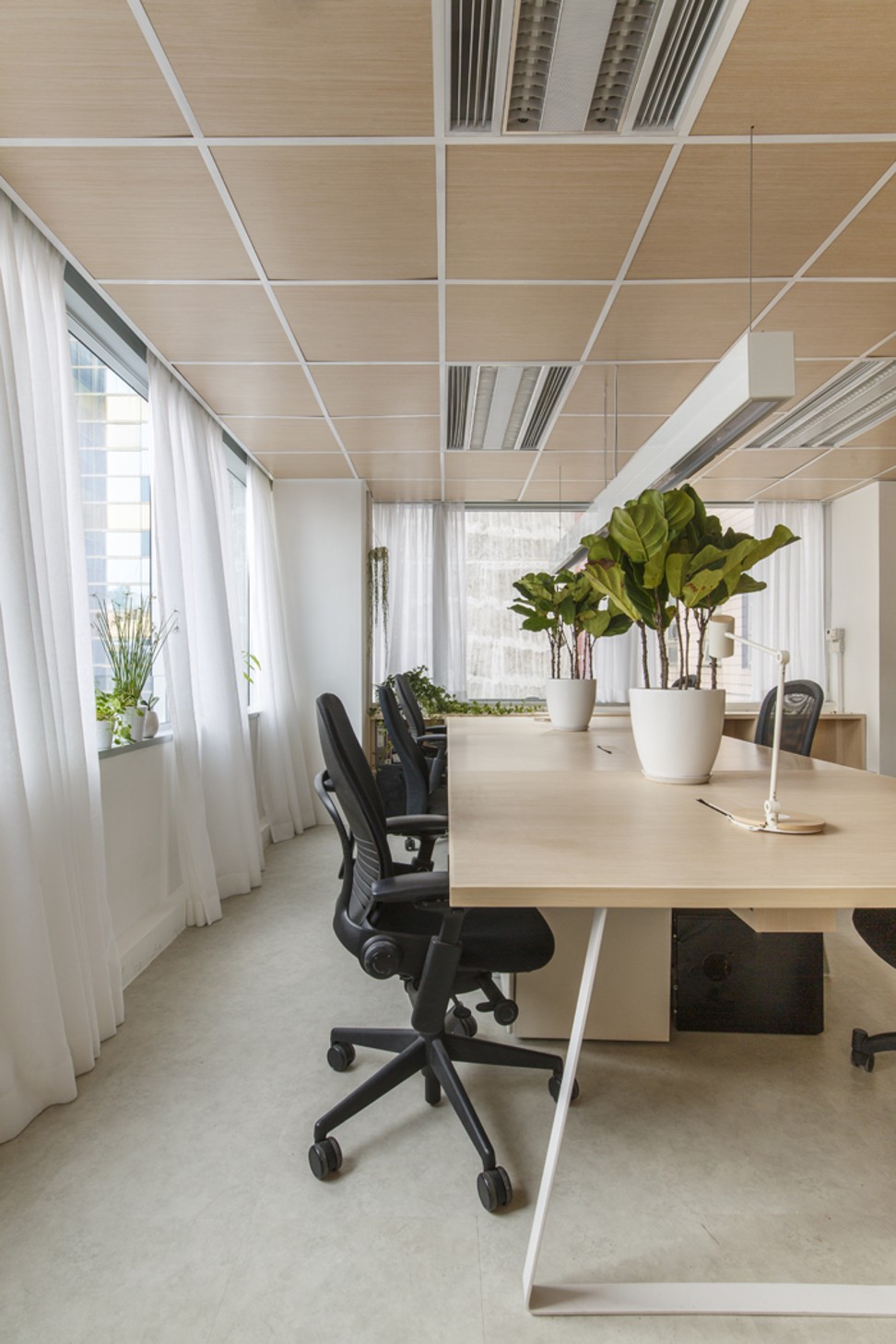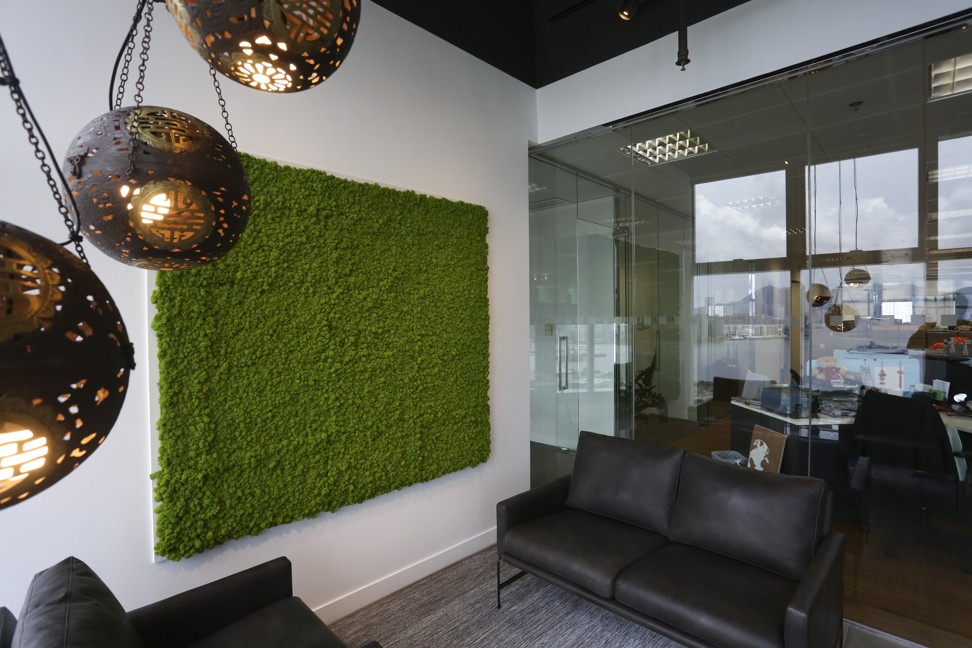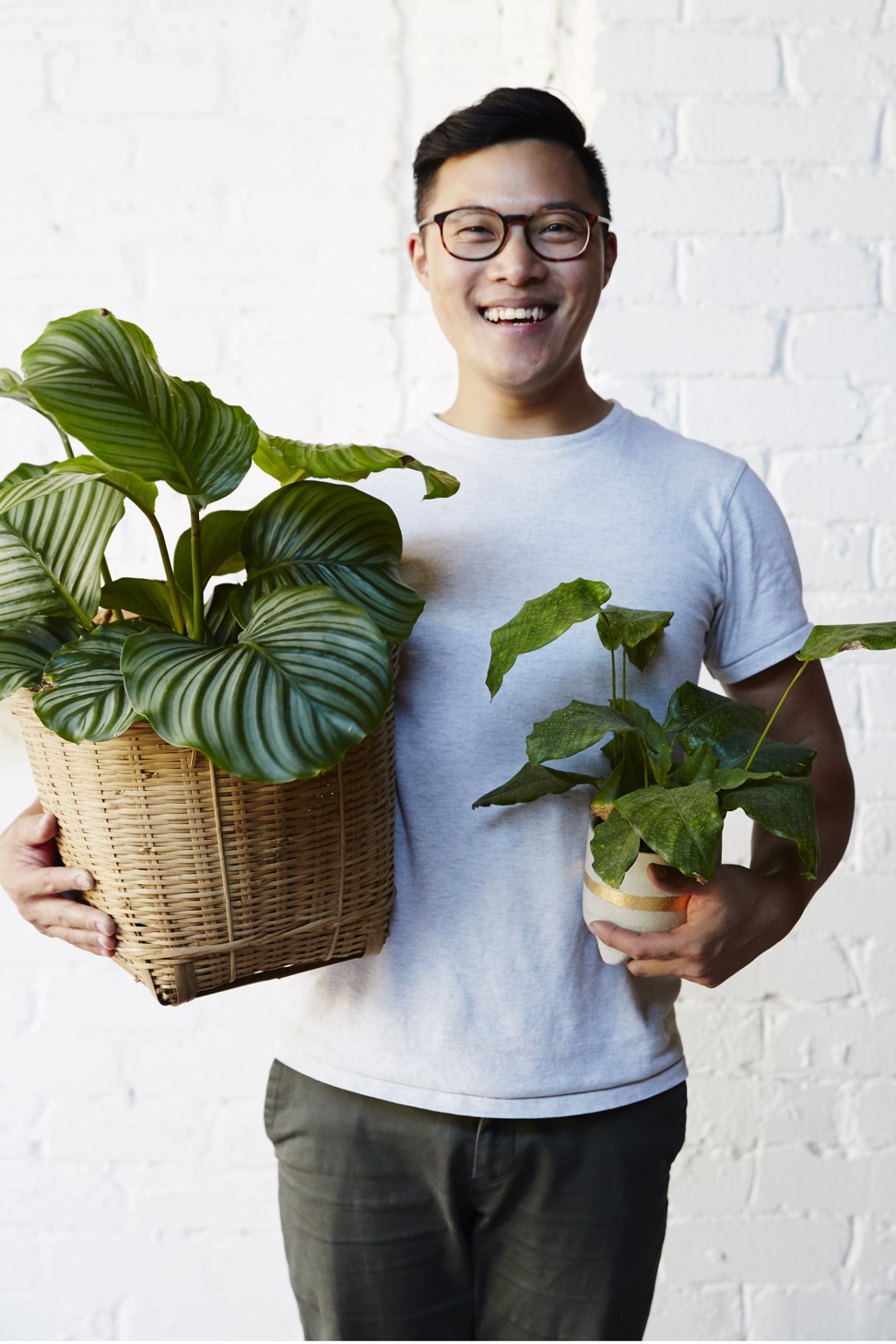
Why we should be greening our homes with plants, a top trend for 2018 in interior decor, and how to go about it
Wellness can be fostered through the ‘living’ decor plants provide – they absorb harmful chemicals and regulate humidity – and they’re an inexpensive way to add instant colour and glamour to home interiors
Influential colour forecaster Pantone might have moved on from Greenery, its 2017 colour of the year, to 2018’s Ultra Violet, but green – as in, living plant life – is still trending, and designers see it as one of the big interiors stories of the year.
There’s more than aesthetics to this look: plants are believed to be good for health, and help clean the indoor air. So, “living” decor marries well with an even bigger overarching trend – wellness – which designer Rowena Gonzales, founder of Liquid Interiors, sees as something for which homeowners are willing to pay a premium.
On that score, though, plants are luxury interiors’ thrifty cousin. You can shop locally from flower markets, or even harvest from the roadside. Pop into lovely pots to add glam to the greenery, and you have a relatively inexpensive way to decorate, and hopefully clear the air of toxins at the same time.
Old Peak Road duplex a riot of exuberant colour, runaway fun and girl power
Gonzales concedes there are those who consider themselves to be “a house plant kind of person” – and others who are not. However, she argues that we should all be filling our homes to the brim with plants.
“Introducing plants into our homes is one of the ways we can easily and practically counteract the negative effects of city living,” says Gonzales.
Indoor plants can improve air quality by creating oxygen and absorbing carbon dioxide, regulating humidity, and absorbing harmful chemicals such as formaldehyde and volatile organic compounds, she continues.

Another benefit of being around plants is that they’re believed to make people more creative and productive; reduce stress; “and give us overall higher levels of well-being”, she says.
Ultraviolet is the colour of 2018 – five purple fashion pieces that celebrate Pantone’s choice
Having decided to enhance your living or workspace with plants, the most important thing is to have fun with it, says Gonzales. See your plants as a form of art to be placed as vignettes on shelves, in corners, and spaces where there are natural gaps, she advises.
Hanging plants from the ceiling is another great way to display them, creating a focus at different heights to make the room more interesting. Air plants in oversized glass baubles work a treat in this way.

Mix it up: layer plants in tall, medium and small sizes, and vary from a single, sculptural statement plant to a cluster arrangement. Odd-numbered groups of three, five or seven work better than even numbers. “Even numbers create symmetry; off numbers create interest,” she explains.
Green, or living, walls are crossing over from corporate environments to residential spaces, and work well in smaller spaces where there isn’t room for pots. Just choose wisely, as some plants do need outdoor elements to survive.
The exceptions include Polarmoss, a lichen growing wild in Finland – and sold in Hong Kong as living indoor artwork at Wah King Garden Arts in Sai Kung – which can thrive indoors with minimal intervention.
The ideal home, designed by the House of Pierre Frey, is eclectic yet classic
At the workstation table in the Liquid Interiors office, Gonzales maintains a formula of one large plant between every four people, and a variety of plants throughout are used as both artwork and decor. At home, each plant pot is selected like furniture to match the room it is in.
“I find that ivy and jade plants grow well in bathrooms, where there is not much daylight,” she said. “In the bedroom, lavender in a large pot brings in a subtle fragrance to relax at night.” In the living room, interest is created with a Swiss cheese plant and jade plant in an elevated pot, and on the dining table, plants swim in a water vase with fish inside.
Gonzales advises that succulents are similarly easy to maintain. Their diminutive size won’t dominate, and their sculptural form suits a minimalist decor.
Introducing plants into our homes is one of the ways we can easily and practically counteract the negative effects of city living
The majority of house plants, however, require a nutritional top-up. Gonzales creates her own plant food by turning leftover kitchen scraps into organic fertiliser – a process which takes only four hours in her Smart Cara indoor composter.
She also grows micro greens as an edible indoor garden, but admits that these require more work.
Australian architect Jason Chongue believes that fear of failure puts many people off the idea of cultivating plants at home.
The passionate grower left professional practice to work full-time in his own business, The Plant Society, in Collingwood, a neighbourhood in Melbourne, Australia, where he operates a store, a design service and runs gardening workshops.
“We do a lot of education,” says Chongue, who in November published a how-to indoor gardening guide of the same name. (The Plant Society, Hardie Grant Books).
The book profiles 25 ideal indoor plants, organised from the most easy-to-maintain species through to the more exotic and labour-intensive plants. It also offers styling advice, including how to decorate different rooms in your home with plants, as well as suggestions on pots and planters to give your greenery more personality.

When he hears someone say that they’ve killed every house plant in the past, Chongue responds that it’s not so difficult to keep them happy. His book covers everything from basic plant care and re-potting, to plants suited to pets, and propagating.
His aim is to dispel the fear of gardening and inspire everyone to create their “very own indoor rainforest” – as Chongue and his partner have done.
The urban-fringe terrace home the couple share is 5 metres wide and 30 metres long, and it’s filled with plants in every room (400 in total). Chongue says the key to maintaining healthy, happy plants is to understand the environment – for example, the way a room responds to light – and choosing plants to suit that.

His styling tips are to start with a few plants, and build your collection as your indoor gardening skills develop.
“Use different leaf textures, and layer them up,” he says. Make use of windowsills, and empty corners. Chongue loves to put a small shelf high up, and have Devil’s Ivy cascading down. He also sees the dining table as “perfect” for small specimens.
“Plants bring a lot of softness to a home and remind everyone that we really do rely on the environment,” he says. Especially in smaller flats, often bereft of quality finishes, plants add character.
Asians ditch hotels for luxury homes, yachts and tree houses
If you really can’t commit to maintaining another life form, Hong Kong-based stylist Marilen Faustino-Montenegro says that nature, in all forms, can bring life to a room. Cut flowers, driftwood or stones can make a beautiful display, without the responsibility.

